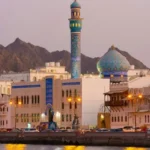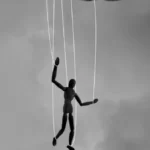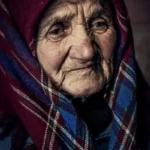The evolution of artistic practices is a multifaceted and complex phenomenon that reflects broader socio-cultural, political, and technological changes. From prehistoric cave paintings to contemporary digital art, artistic practices have continuously transformed, mirroring and influencing the societies in which they are embedded. This article seeks to provide a comprehensive overview of this evolution, highlighting key periods and movements, and examining how changes in artistic practices correspond with shifts in societal structures and ideologies.
Prehistoric and Ancient Art
Cave Paintings and Early Symbolism
The earliest known artistic expressions date back to the Paleolithic era, around 40,000 years ago, with the creation of cave paintings and carvings. These early artworks, found in locations such as the Lascaux Caves in France and the Altamira Caves in Spain, often depicted animals and hunting scenes. These paintings served not only as artistic expressions but also as symbolic acts, possibly linked to rituals and beliefs about the natural and spiritual world. The use of natural pigments and rudimentary tools reflects a deep connection to the environment and the emerging human ability to represent and communicate complex ideas visually.
Ancient Civilizations: Egypt, Mesopotamia, Greece, and Rome
As human societies evolved into more complex civilizations, artistic practices became more sophisticated and diverse. In ancient Egypt, art was heavily influenced by religious and funerary practices, with a strong emphasis on order, symmetry, and symbolism. Hieroglyphics, tomb paintings, and monumental sculptures like the Sphinx and the pyramids are quintessential examples.
In Mesopotamia, art served as a means to demonstrate power and piety. Ziggurats, reliefs depicting deities and kings, and intricate jewelry highlight the technical skill and cultural priorities of the time. Similarly, in ancient Greece and Rome, art flourished with a focus on humanism, realism, and the idealization of the human form. Greek sculptures such as the Venus de Milo and Roman architectural marvels like the Colosseum exemplify the blend of artistic excellence and socio-political expression.
The Middle Ages to the Renaissance
Medieval Art and the Role of the Church
During the Middle Ages, artistic practices were predominantly influenced by the Christian Church. Art served as a didactic tool, conveying religious narratives and moral lessons to a largely illiterate population. The Romanesque and Gothic styles dominated, with illuminated manuscripts, stained glass windows, and intricate carvings in cathedrals illustrating biblical stories and saintly lives. The emphasis was on the symbolic and the spiritual rather than on realism or individual expression.
The Renaissance: Revival and Transformation
The Renaissance, spanning the 14th to the 17th centuries, marked a significant shift in artistic practices, driven by a renewed interest in classical antiquity, humanism, and scientific inquiry. This period saw the emergence of perspective in painting, greater anatomical accuracy in sculpture, and an emphasis on individual creativity. Artists like Leonardo da Vinci, Michelangelo, and Raphael exemplified the Renaissance ideals, producing masterpieces that combined technical prowess with deep intellectual and emotional engagement. The Renaissance also saw the rise of art patrons, such as the Medici family, who played a crucial role in fostering artistic innovation.
The Modern Era: From Realism to Abstract Expressionism
Realism and the Reaction to Romanticism
Get the full article AD FREE. Join now for full access to all premium articles.
View Plans & Subscribe Already a member? Log in.














